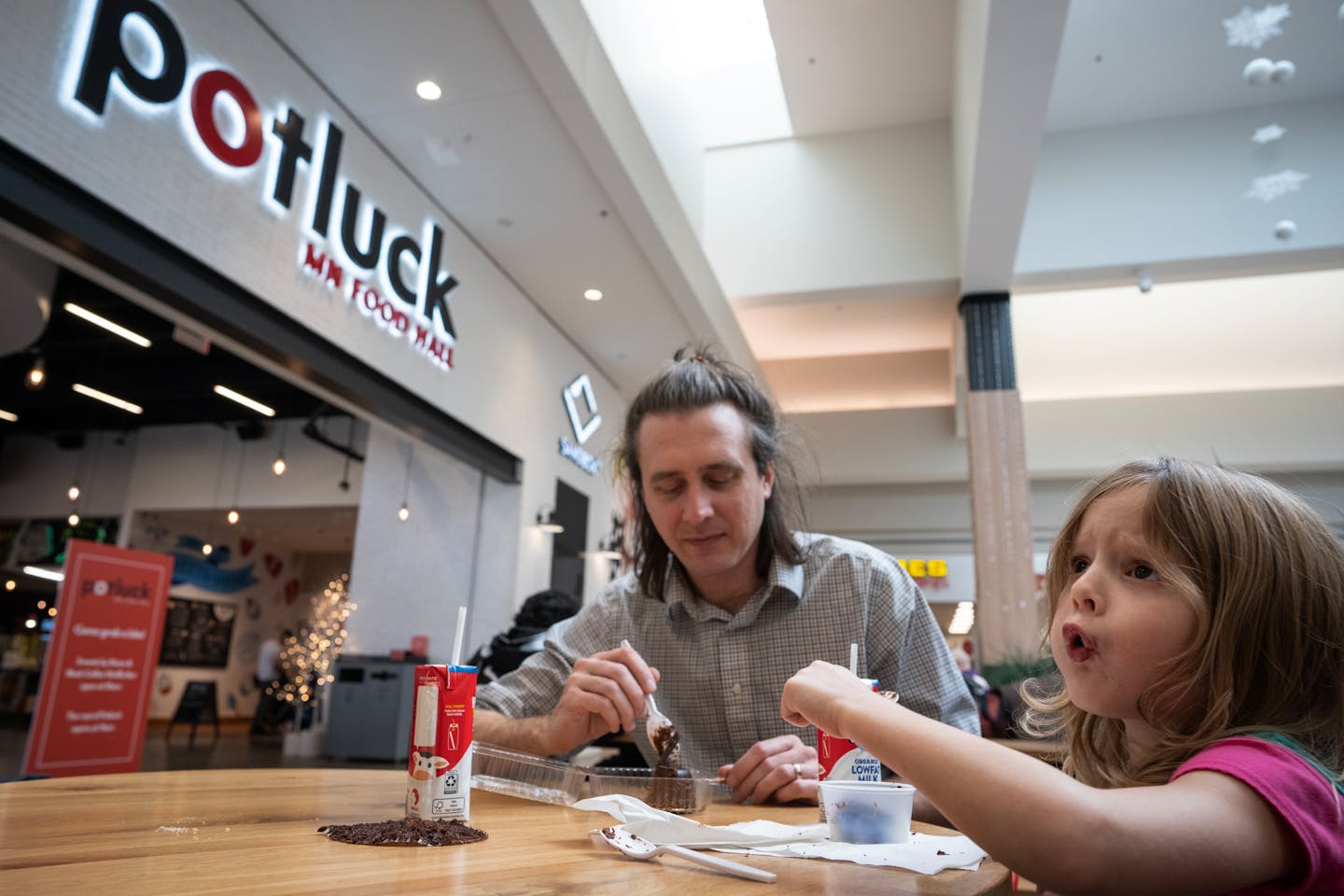If someone had proposed a big water park at a shopping mall 40 years ago, the response would have been enthusiastic. Brilliant! Build it.
But now there are environmental concerns. The proposed park at the Mall of America has raised concerns from Bloomington's Sustainability Commission, noting that it would be "a major water user" and a "major energy user."
How this plays out remains to be seen, but it's indicative of an attitude toward malls these days. They're an old idea, some say, harmful at worst, outmoded at best. The mall killed downtown retail. The mall encouraged car travel and contributed to sprawl. The mall is a sanitized, synthetic version of the true urban experience.
Malls, we're told, are dying.
But it's more complicated than that. The future of the mall is a combination of cold economics and an emotional attachment to a retail innovation that remade the way we shopped. But the question isn't whether they have a future. It's what that future will look like.
It's clear that malls are not exactly having a heyday. The New York Times recently noted that 1,000 of the large malls have 750 empty "anchor boxes," which were once filled by a department store. Sears, Penneys — gone. CNBC reported that 25% of the malls that were open in 2021 could close by 2026. A pre-pandemic poll said that four out of 10 people no longer visit malls.
At the same time that people are drifting away from the malls, there's a surge of nostalgia for what malls used to be. If you want a grim lesson in the rise and fall of retail trends, go to YouTube and search for Dead Mall videos.
The videos show suburban spelunkers exploring the empty halls of abandoned shopping centers, or zombie malls with a handful of shops. It's ruin-porn, a sad testament to decline.
When you watch a video of an abandoned mall — dry fountains, motionless escalators, empty kiosks and shuttered storefronts — it feels personal, even if it wasn't "your" mall.
That's the place you would've gone on a Saturday to hang out. That's the place your mother would've taken you for new school clothing. That's the place where you would've seen a movie on a hot day and walked out afterwards to a cool twilight, your head full of stories. That's the big lot where you would've practiced driving for the first time.
There's something uniquely American about it all. If the mall dies, it seems as if something has died in American culture, as well.
The good news: The mall is not dead. The mall is evolving. There are two paths forward.
1. Stick to the formula and thrive.
The mammoth Mall of America is a testament to the abiding appeal of the Cinnabon-scented shopping center.
But it's not the only local success story. There's also Rosedale Center. It's a classic inner-ring suburban mall, the second of the four Dales built by the Dayton Hudson Corp. It opened in 1969, but it's been refreshed over the years: It's modern, not dated and tired. It has a critical mass of stores that gives it a solid, prosperous tone.
2. Revise and renew.
Southdale is regarded as the original mall — not just in Minnesota, but the first true enclosed shopping mall in the country. When it opened in 1956, it defined a new retail experience. People walked around indoors without coats on a bitter Minnesota day, hearing birds twittering in the golden cages, and fountains splashing, and vague but cheerful music setting a merry mood.
That mood has teetered on the edge of "hospice" and "hopeful" for years. But Southdale has become an incubator for new ideas. J.C. Penney was replaced with an enormous high-end Life Time Fitness. The long-dead south anchor store section, which had been Donaldson's, Mervyn's and Herberger's, is being remade into an upscale grocery store, Kowalski's. New stores are coming in, high-end brands including Gucci, Max Mara, Moncler and Breitling.
This developing version of Southdale might end up being the most appealing version of the mall in the 21st century.
It's not overwhelmingly huge, like the Mall of America. It's not filled with multiple iterations of shoe shops. It's not intended to be a destination for people from miles around. Instead, it's a community resource, a place to get your license tabs renewed, buy some socks, drop off your tablet for repair at the Apple store, do some aspirational shopping, work out, then pick up something for supper on the way out.
Maybe it'll work. Maybe not.
The number of malls is still expected to contract, battered by changes in shopping patterns, debt, pullbacks by chain stores and the steep decline of department stores as anchors. The YouTube Dead Mall channels will have material galore for years to come.
If all the malls went away, we'd lament them like we mourn the loss of downtown retail. But downtown stores were replaced with something that resembled it, albeit repackaged in a different format: the mall. The mall became the town square. The end of the mall would mean the end of a familiar and common destination.
All we'd have would be Amazon and Temu.
Sitting at home and clicking on things is convenient. But sometimes you just need to leave the house, see other humans and feel the fabric of a shirt between your fingers for yourself.
And then, if you like, jump into the pool at the water park.









